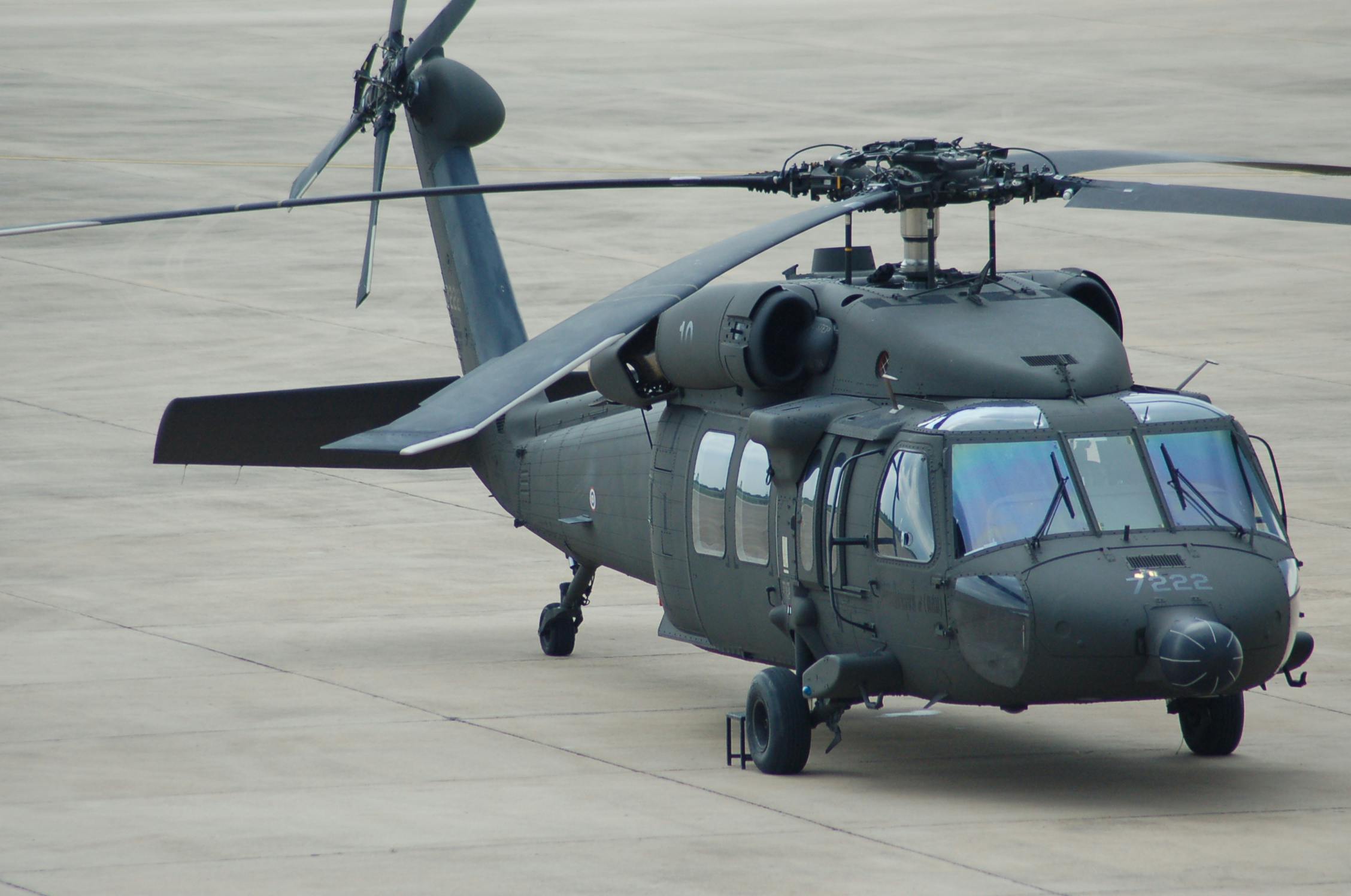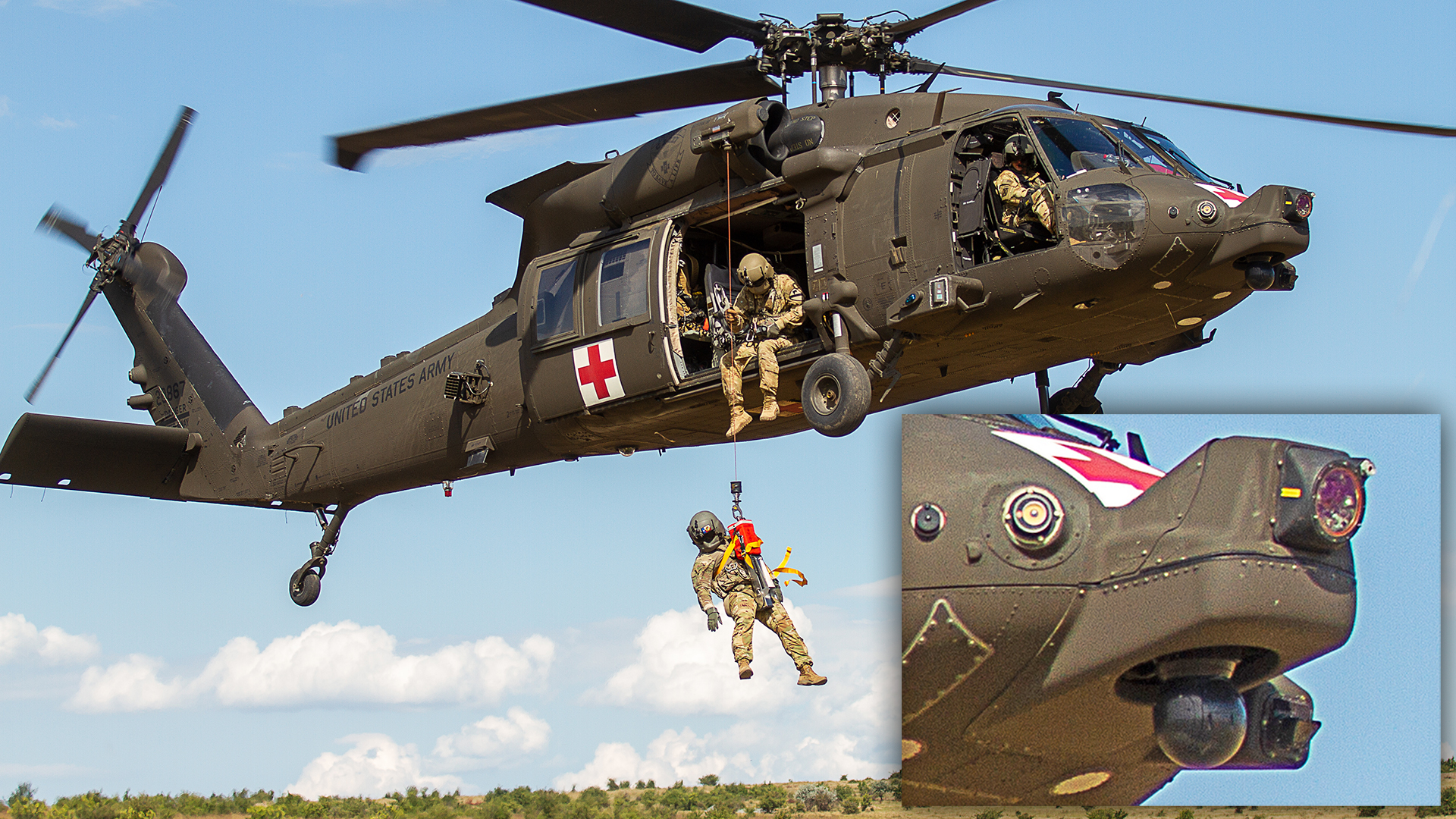Every Little Thing You Need to Know About the UH 60 Helicopter
The UH-60 helicopter, a keystone of U.S. Army aviation since its debut in 1979, stands for an amazing blend of engineering and operational flexibility. Understood for its phenomenal rate and range, the UH-60 has actually been adjusted for various missions, from troop transportation to clinical evacuation. As military needs develop, so as well does the helicopter, with continuous innovations focused on improving its capabilities and integrating modern technologies. To completely value the significance of the UH-60 in contemporary armed forces procedures, one should consider its history, design, and the future developments that might redefine its role.
Background of the UH-60
Developed in the late 1970s, the UH-60 Black Hawk helicopter arised as an action to the united state Army's requirement for a flexible utility helicopter that could carry out a range of goals under tough conditions. The impetus for its layout was the imperfections recognized in the earlier helicopters utilized during the Vietnam Battle, specifically in terms of survivability, rate, and ability to move.
The Black Hawk was developed by Sikorsky Airplane, incorporating sophisticated modern technologies and materials to enhance its efficiency and resilience. It was officially introduced into service in 1979, promptly ending up being an important possession for armed forces operations - uh 60. Its capacity to transport troops, medical evacuation, and logistical support in both fight and humanitarian missions made the Black Hawk a vital component of the U.S. Army's aviation fleet
Throughout the years, the UH-60 has been continuously updated, adjusting to the altering nature of warfare and the progressing requirements of modern army procedures. Its operational background includes participation in significant disputes, peacekeeping objectives, and calamity alleviation initiatives, solidifying its credibility as a dependable and efficient helicopter in various settings worldwide.

Style and Requirements
The style of the UH-60 Black Hawk helicopter consistently shows a commitment to functional effectiveness and convenience. Created by Sikorsky Airplane, this medium-lift utility helicopter includes a sleek, aerodynamic body that enhances speed and maneuverability. Its tandem blades system, defined by 2 counter-rotating blades, reduces resonance and boosts lift capability, enabling for more secure procedures in varied environments.
The UH-60 is powered by two T700-GE-701C turboshaft engines, offering an optimum rate of approximately 180 knots and a series of around 400 nautical miles. Its robust airframe is built from innovative composite materials, making certain resilience while preserving a reasonably low weight. The helicopter has an optimum gross weight of about 22,000 pounds, supporting a versatile haul arrangement.

Roles and Goals
A flexible system, the UH-60 Black Hawk helicopter serves a wide range of functions and goals within military operations. Made mainly for troop transportation, it can bring approximately 11 soldiers, making it a vital property for rapid release and logistical assistance.
Along with troop transport, the UH-60 succeeds in medical evacuation (MEDEVAC) objectives, outfitted with innovative clinical devices to give vital care during transit. Its capability to run in varied atmospheres improves its performance in fight search and rescue (CSAR) operations, where speedy removal of personnel is vital.
The helicopter likewise plays a considerable duty in reconnaissance and surveillance missions, utilizing onboard sensors and tools to collect knowledge. Its versatility prolongs to logistical support, capable of carrying supplies and equipment to forward running bases.
In battle operations, the UH-60 can be equipped with different weapon systems, enabling it to give close air assistance. Its multi-role capability makes the Black Hawk an important tool for contemporary army forces, adjusting flawlessly to the developing needs of combat zone circumstances and making certain mission success throughout a variety of functional contexts.
Performance and Abilities
Understood for its robust efficiency, the UH-60 Black Hawk helicopter boasts remarkable abilities that improve its operational performance across different missions. uh 60. This multi-role airplane is geared up with powerful twin-engine Turbomeca Arriel 1D1 engines, providing exceptional rate and maneuverability, with an optimum cruise speed of around 150 knots and an operational series of around 400 nautical miles
The Black Hawk's innovative avionics and fly-by-wire control systems substantially improve trip safety and security and handling, permitting it to operate in varied environments, consisting of negative climate condition. Its flexibility is more exhibited by website link its ability to bring up to 11 completely furnished soldiers or a haul of around 8,000 extra pounds, making it excellent for troop transportation, clinical evacuation, and logistical assistance missions.
In Addition, the UH-60 is designed for survivability, featuring enhanced airframes, ballistic protection for team and guests, and advanced countermeasure systems to avert hazards. The helicopter's agility and rate, incorporated with its ability for fast release, make it a vital property in modern-day armed forces procedures, making certain that it remains a vital aspect of tactical air support and field of battle flexibility.
Future Developments

One significant emphasis is the integration of innovative avionics systems, which will certainly enhance situational awareness via enhanced navigating and interaction abilities. This includes the prospective usage of fabricated intelligence to assist pilots in decision-making and objective preparation.
In addition, future variations might incorporate innovative materials and design functions to bolster the helicopter's durability and minimize its radar trademark, boosting survivability in objected to settings.
The introduction of hybrid-electric propulsion navigate here systems is likewise imminent, intending to improve fuel performance and decrease logistical burdens. Such innovations could prolong operational range and lower the helicopter's environmental footprint.

Conclusion
The UH-60 helicopter stands for a considerable development in military aviation because its introduction in 1979. Its durable style, versatile capabilities, and continual upgrades guarantee its importance in various functional duties, consisting of troop transportation and medical evacuation. As innovation progresses, future advancements will likely enhance its efficiency with the combination of synthetic knowledge and hybrid-electric systems. The UH-60's withstanding visibility highlights its important function in modern-day military procedures and highlights the ongoing evolution of army aviation modern technology.
The UH-60 helicopter, a foundation of United state Army air travel because its launching in 1979, represents an exceptional mix of design and functional versatility. As army needs develop, so as well does the helicopter, with continuous developments aimed at improving its abilities and integrating contemporary innovations.The layout of the UH-60 Black Hawk helicopter constantly reflects a commitment to operational effectiveness and adaptability. Developed by Sikorsky Airplane, this medium-lift energy helicopter includes a streamlined, wind resistant body that improves speed and ability to move.The UH-60 helicopter stands for a considerable improvement in armed forces air travel given that its introduction in 1979.